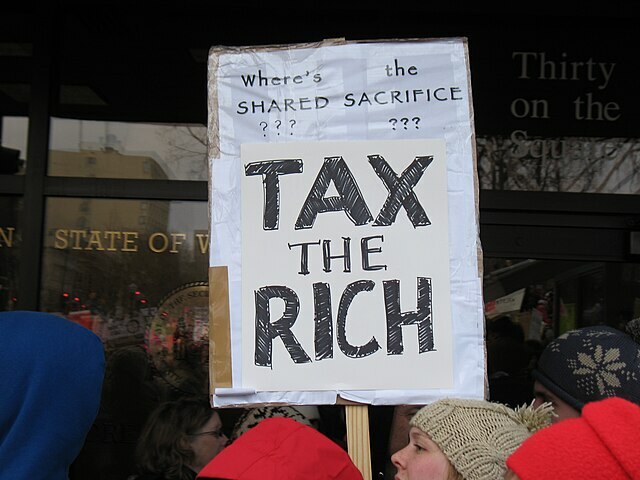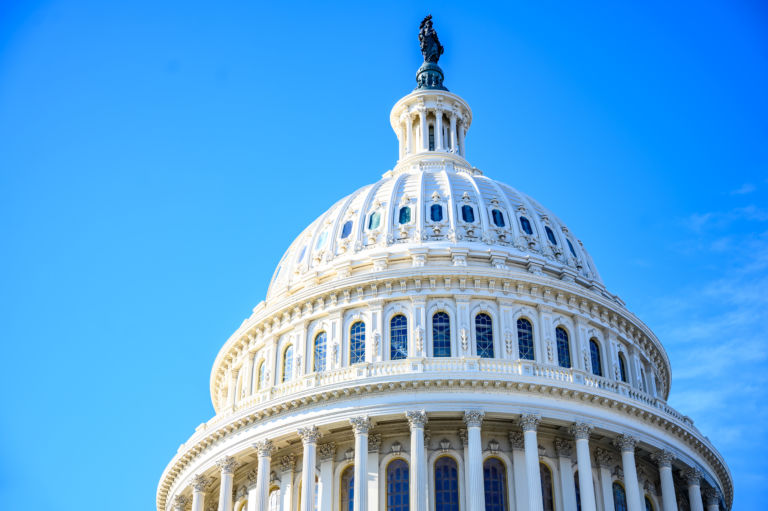Back in October, General Fund revenues were $50.4 million behind projections, not much when the state expects to collect $23.1 billion for the year. Despite the relatively small difference, the usual advocates for higher taxes were out wringing their hands about the shortfall. The January update showed the gap narrowing and concluded, “the State is essentially on track.”
This has been a pattern in recent years, with the North Carolina Budget and Tax Center has been a prominent member of the sky-is-falling chorus. In October, there is near panic that revenues are running behind. By January, concerns are muted. Then come May or June, and we find that the state ran a surplus for the fiscal year, and the chorus claims (as they did one year) that the surplus is imaginary because the state is “not spending available revenue for the current fiscal year,” which is the definition of a surplus. Yogi Berra couldn’t have said it better.
The prospects of federal tax reform probably had an impact on revenues this fiscal year, leading people to pay state and local taxes at the end of December and delay taking business income or capital gains until 2018. Both responses would have contributed to January’s spike in revenues. As companies paid tax reform bonuses, the withholding taxes would also have shown up in revenues that month. We would expect lower collections in February and March, but February revenue continued to outpace recent years. The true state of state finances will not be known until April, which is when people make their final tax payments for the preceding year. Those final payments have been very large in recent years, but the various responses to federal tax reform can pull the so-called “April Surprise” in different directions.
Revenue estimates used by the General Assembly’s Fiscal Research Division and the Office of State Budget and Management have been conservative for budget drafting. They only overshot actual revenues in Fiscal Year 2013-14 with the start of tax reform, but the previous year’s surplus still allowed spending to finish on-track. Compare that with the challenges Kansas faced when it tried to cut taxes even as key industries in that state sagged and their state supreme court compelled unsustainably higher school spending. North Carolina’s caution on revenues also led to the inclusion of triggers before tax rates could be lowered further.
State tax reform could have affected the timing of tax collections in a way that pushes more payments into April than the forecasting model anticipates. Federal and state income tax laws have changed each year, further complicating the ability to forecast accurately from month to month. While it is reasonable for the Fiscal Research Division and the Office of State Budget and Management to plan based on their best estimates of revenue so those who write the budget and those who operate under it can make plans and trim their sails if necessary. The rest of us could show some restraint in our public pronouncements instead of seeing perils or prosperity in each announcement.
If anything, slow revenues would argue for slower spending and more savings, not higher taxes. From 2001 to 2011, Democratic legislators and governors enacted (or extended) temporary income tax hikes four times and sales tax hikes five times. In 2007, they allowed half of the sales tax hike to expire, but the remaining half was made permanent. With the next recession in 2009, Gov. Bev Perdue requested and received a one-cent sales tax hike that added $1 billion in taxes, as well as surtaxes on individual and corporate income that generated another $200 million per year. Despite those tax increases, state government spent what it received and was unable to build the Savings Reserve Account to the eight-percent statutory target.
Taxes are only half of the picture. Spending is the other half. Even with lower state and federal tax rates, North Carolina government has been able to set aside more money for the future than at any time in the past. Since 2013, revenues have spiked in April to the highest point of the year. Past results are no guarantee of future performance, but this year has been following a similar pattern in both revenue and reactions. Barring something unforeseen, state government should finish the year without a major shortfall, and the legislature will continue to keep planned spending below expected revenues into the next fiscal year.


